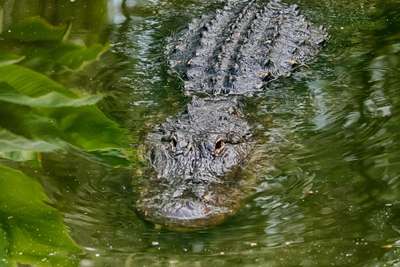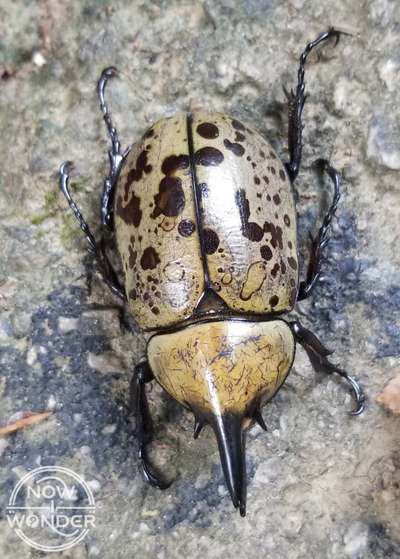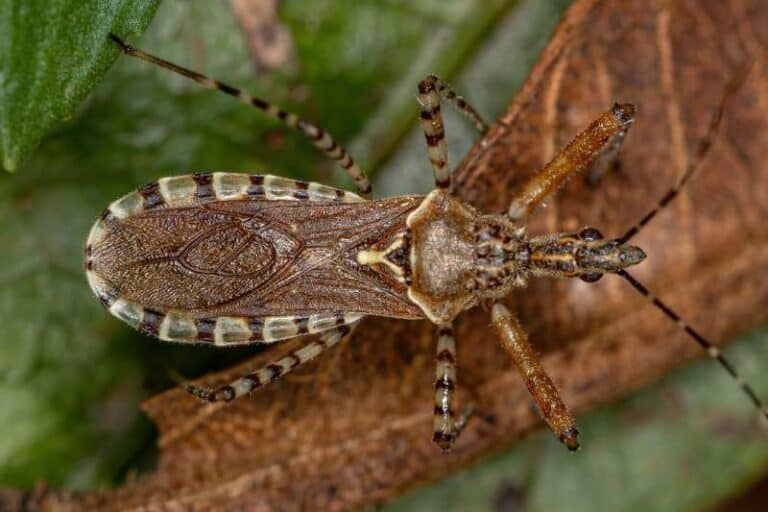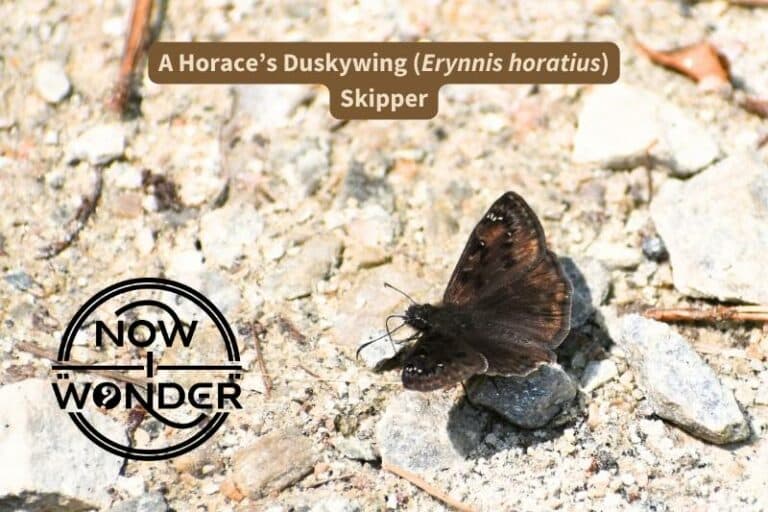I encountered this little guy while on an early morning walk. The sun was just peeking over the trees, and the path I was on was still in shadow. As often happens in low light, my eyes spotted this insect’s movement first (I’m always scanning for creatures!). I moved in for a closer look and felt a tingle of excitement. I had no idea what this thing was.
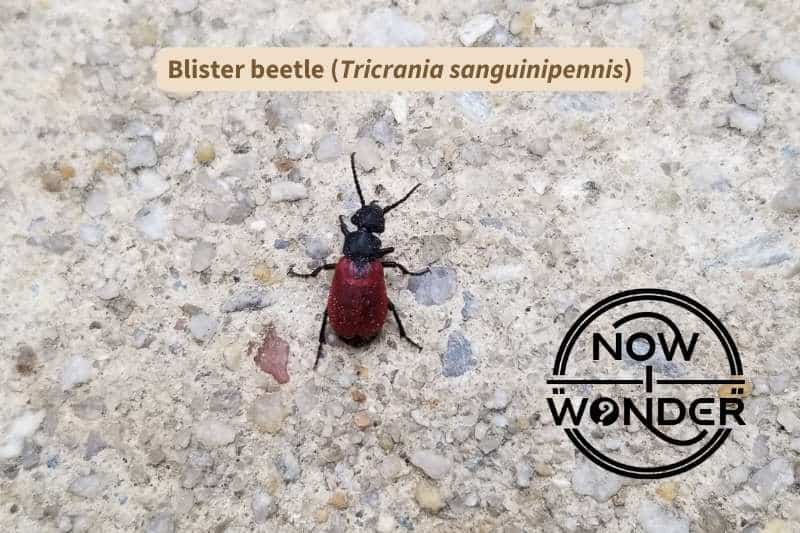
I am an amateur naturalist, but I’ve spent several years exploring North Carolina and researching the animals I encounter. I can generally identify most common species by sight. Not so with this little guy. I had never seen this particular species before – and wow, wasn’t this exciting?!
It was a small insect – only around the size of my fingernail – but surprisingly active for such a cool morning. It scrambled around so quickly I had to keep changing position, and tapped its antennae continuously, clearly gathering sensory data about its environment.
Luckily, it paid me no attention. This was especially helpful, as I had a hard time getting clear photos; the morning light was so dim (and this insect was so fast!) that the exposures showed motion blur.
And I really needed clear pictures to have a chance of identifying this insect.
I’d never seen this combination of stark black head and thorax and bright red elytra. Thanks to the low light, I couldn’t make out much detail in the field, but thought it might be a species of beetle. And since the beetle order Coleoptera has about 30,000 species in North America alone, I had my work cut out for me.
Finally, I solved the mystery thanks to a truly excellent reference entitled “Beetles of Eastern North America” by Arthur V. Evans (I can’t recommend this book highly enough!). I’ve not seen another of these insects since that quiet morning many months ago. But I still remember the thrill of stumbling across an unknown-to-me species, and the satisfaction of discovering what it is, and what it does. So, thank you, Mr. Evans!
Species Information
Classification
| Common Name | None |
| Scientific Name | Tricrania sanguinipennis |
| Classification | Class Insecta, Order Coleoptera, Family Meloidae (“blister beetles”) |
| Size – imperial (metric) | 0.3-0.6 in (8-15 mm) |
| Appearance | Black head and thorax. Head is as wide as thorax. Antennae are bead-like (“moniliform”). Elytra are deep red, and shorter than the abdomen. |
| Habitat | Can be found crawling on the ground in sandy areas where ground bees nest, especially in late winter and early spring. |
| Notes | IMPORTANT: DO NOT HANDLE! RELEASE A TOXIC FLUID THAT CAUSES BLISTERS. |
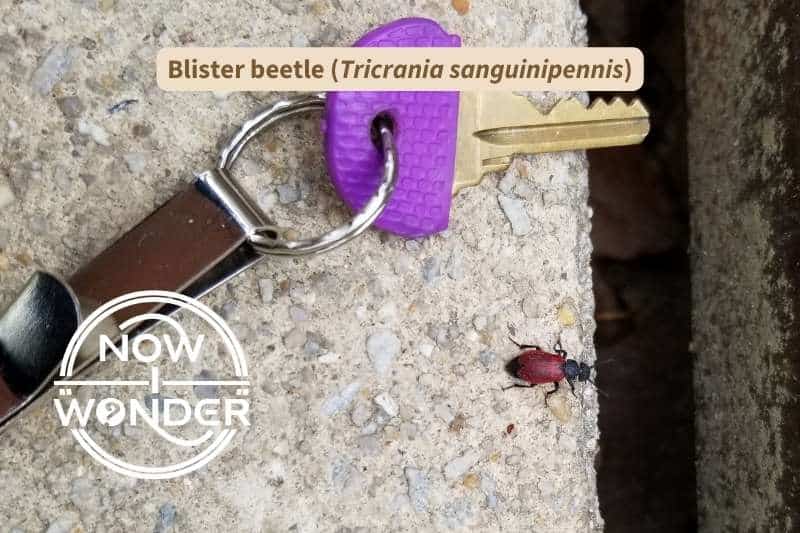
For information about blister beetles and how they live, check out this Now I Wonder post “Blister Beetles – Believe the Hype“.
References
Evans, Arthur V.. 2014. Beetles of Eastern North America. Princeton: Princeton University Press.

